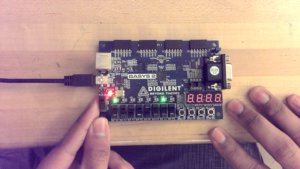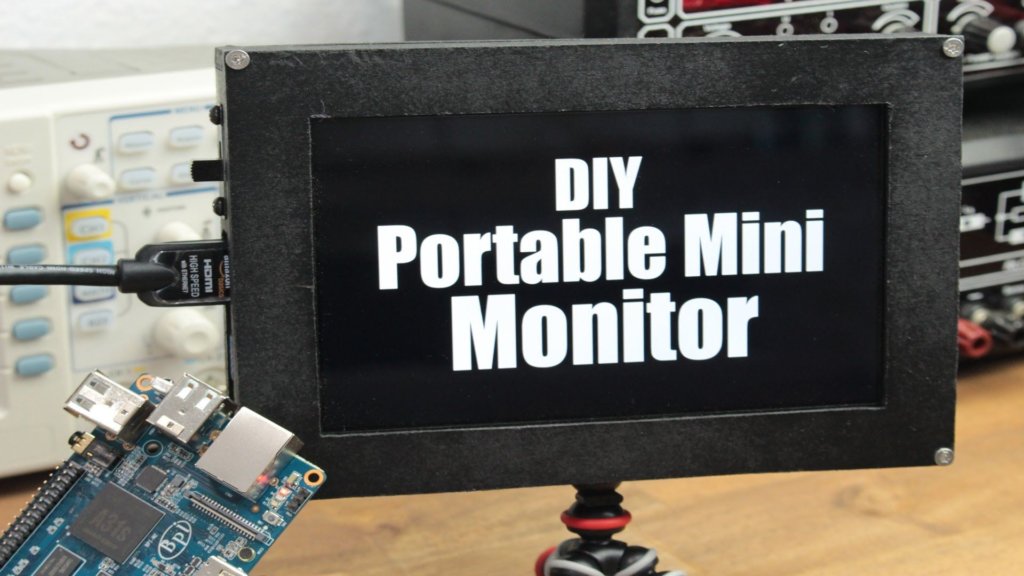
For Outstation Students, we are having online project classes both technical and coding using net-meeting software
For details, Call: 9886692401/9845166723
DHS Informatics providing latest 2021 – 2022 IEEE projects on Mini projects for the final year engineering students. DHS Informatics trains all students in Self Learning techniques to develop their project with good idea what they need to submit in college to get good marks. DHS Informatics offers placement training in Mini Projects/DIY at Bangalore and the program name is OJT – On Job Training, job seekers as well as final year college students can join in this placement training program and job opportunities in their dream IT companies. We are providing IEEE projects for B.E / B.TECH, M.TECH, MCA, BCA, DIPLOMA students from more than two decades.
IEEE MINI PROJECTS (2021 – 2022)
DHS Informatics believes in students’ stratification, we first brief the students about the technologies and type of Mini Project/ Self Learning projects and other domain projects. After complete concept explanation of the IEEE Mini Project/ Self Learning projects, students are allowed to choose more than one IEEE Mini Project/ Self Learning projects for functionality details. Even students can pick one project topic from Mini Project/ Self Learning and another two from other domains like Mini Project/ Self Learning, image process, information forensic, big data, and Mini Project/ Self Learning, block chain etc. DHS Informatics is a pioneer institute in Bangalore / Bengaluru; we are supporting project works for other institute all over India. We are the leading final year project centre in Bangalore / Bengaluru and having office in five different main locations Jayanagar, Yelahanka, Vijayanagar, RT Nagar & Indiranagar.
We allow the ECE, CSE, ISE final year students to use the lab and assist them in project development work; even we encourage students to get their own idea to develop their final year projects for their college submission.
DHS Informatics first train students on project related topics then students are entering into practical sessions. We have well equipped lab set-up, experienced faculties those who are working in our client projects and friendly student coordinator to assist the students in their college project works.
We appreciated by students for our Latest IEEE projects & concepts on final year Mini Project/ Self Learning projects for ECE, CSE, and ISE departments.
Latest IEEE 2020 – 2021 projects on Mini Project/ Self Learning with real time concepts which are implemented using Java, MATLAB, and NS2 with innovative ideas. Final year students of computer Mini Project/ Self Learning, computer science, information science, electronics and communication can contact our corporate office located at Jayanagar, Bangalore for Mini Project/ Self Learning project details.
Mini Projects/ Self Learning

Embedded systems are a cornerstone of the electronics industry today.
An embedded system is a computer or processor based system that has been designed for a specific purpose.
The system gains its name from the fact that the software is embedded into it for a particular application. The embedded system is not like a PC or other computer that can run a variety of programmes and fulfil a whole host of tasks.
The item using an embedded system is designed for a specific task and has its software preloaded, although updates may be undertaken from time to time.
EMBEDDED SYSTEMS BASICS
It may be asked what is an embedded system. With many processor based systems and computers it is useful to define what an embedded system is. A convenient definition for an embedded system is An embedded system is any computer system contained within a product that is not described as a computer.
Using this embedded system definition it is possible to understand the various basic characteristics one. Typically they are:
- Embedded systems are designed for a specific task. Although they use computer techniques, they cannot be used as a general purpose computer using a variety of different programmes for different task. In this way their function can be focussed onto what they need to do, and they can accordingly be made cheaper and more efficiently.
- The software for embedded systems is normally referred to as firmware. Rather than being stored on a disc, where many programmes can be stored, the single programme for an embedded system is normally stored on chip and it is referred to as firmware.
EMBEDDED SYSTEMS CONTAIN TWO MAIN ELEMENTS
- Embedded system hardware: As with any electronic system, an embedded system requires a hardware platform on which to run. The hardware will be based around a microprocessor or microcontroller. The embedded system hardware will also contain other elements including memory, input output (I/O) interfaces as well as the user interface, and the display.
- Embedded system software: The embedded system software is written to perform a particular function. It is typically written in a high level format and then compiled down to provide code that can be lodged within a non-volatile memory within the hardware.
EMBEDDED PROCESSOR HARDWARE
- Embedded systems basics
- Embedded processor hardware
- CPU
- Embedded MPU
- Embedded MCU
- RAM
When developing an embedded system, one of the options is to base the computational hardware around a microcontroller, MCU rather than a microprocessor, MPU.
Both approaches have their attractions, but generally they will be found in different applications. Typically the microcontroller, MCU, is found in applications where size, low power and low cost are key requirements.
The MCU, microcontroller is different to a microprocessor in that it contains more elements of the overall processing engine within the one chip.
Bringing most of the processing engine components onto a single chip reduces size and cost. This enables it to become economical viable to digitally control even more devices and processes. Also it is found that mixed signal microcontrollers are being increasingly used, integrating analogue components needed to control non-digital electronic systems.
MICROCONTROLLER BASICS
Microcontrollers comprise the main elements of a small computer system on a single chip. They contain the memory, and IO as well as the CPU one the same chip. This considerably reduces the size, making them ideal for small embedded systems, but means that there are compromises in terms of performance and flexibility.
As microcontrollers are often intended for low power and low processing applications, some microcontrollers may only use 4 bit words and they may also operate with very low clock rates – some 10 kHz and less to conserve power. This means that some MCUs may only consume a milli watt or so and they may also have sleep consumption levels of a few nano watts. At the other end of the scale some MCUs may need much higher levels of performance and may have very much higher clock speeds and power consumption.
DIFFERENT TYPES OF MICROCONTROLLERS
- 8051
- ARM
- PIC
- Arduino
- AVR
| Functions | 8051 | PIC | AVR | ARM |
|---|---|---|---|---|
| Bus width | 8-bit for standard core | 8/16/32-bit | 8/32-bit | 32-bit mostly also available in 64-bit |
| Communication Protocols | UART, USART,SPI,I2C | PIC, UART, USART, LIN, CAN, Ethernet, SPI, I2S | UART, USART, SPI, I2C, (special purpose AVR support CAN, USB, Ethernet) | UART, USART, LIN, I2C, SPI, CAN, USB, Ethernet, I2S, DSP, SAI (serial audio interface), IrDA |
| Speed | 12 Clock/instruction cycle | 4 Clock/instruction cycle | 1 clock/ instruction cycle | 1 clock/ instruction cycle |
| Memory | ROM, SRAM, FLASH | SRAM, FLASH | Flash, SRAM, EEPROM | Flash, SDRAM, EEPROM |
| ISA | CLSC | Some feature of RISC | RISC | RISC |
| Memory Architecture | Von Neumann architecture | Harvard architecture | Modified | Modified Harvard architecture |
| Power Consumption | Average | Low | Low | Low |
| Families | 8051 variants | PIC16,PIC17, PIC18, PIC24, PIC32 | Tiny, Atmega, Xmega, special purpose AVR | ARMv4,5,6,7 and series |
| Community | Vast | Very Good | Very Good | Vast |
| Manufacturer | NXP, Atmel, Silicon Labs, Dallas, Cyprus, Infineon, etc. | Microchip Average | Atmel | Apple, Nvidia, Qualcomm, Samsung Electronics, and TI etc. |
| Cost (as compared to features provide) | Very Low | Average | Average | Low |
| Other Feature | Known for its Standard | Cheap | Cheap, effective | High speed operation Vast |
| Popular Microcontrollers | AT89C51, P89v51, etc. | PIC18fXX8, PIC16f88X, PIC32MXX | Atmega8, 16, 32, Arduino Community | LPC2148, ARM Cortex-M0 to ARM Cortex-M7, etc. |



